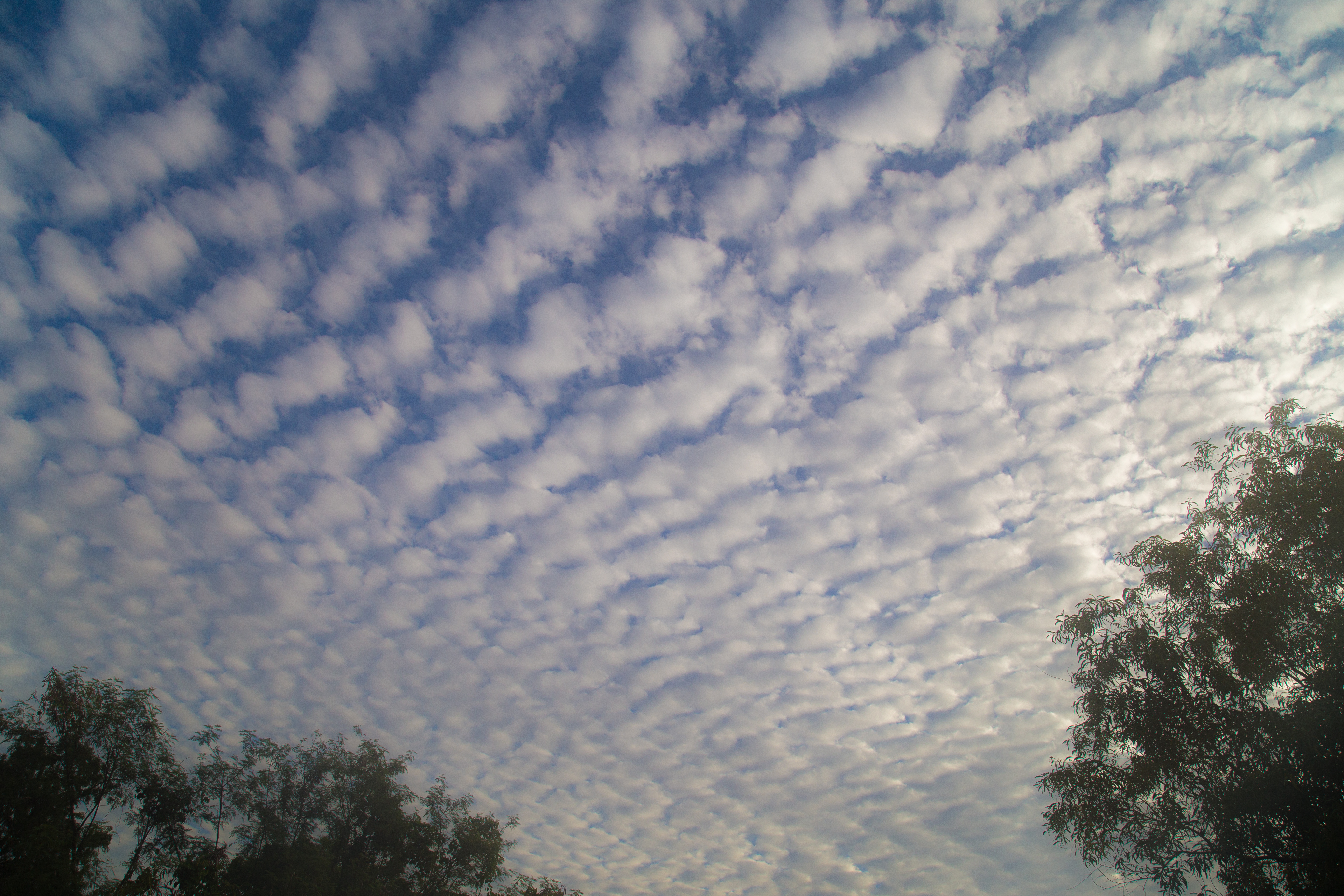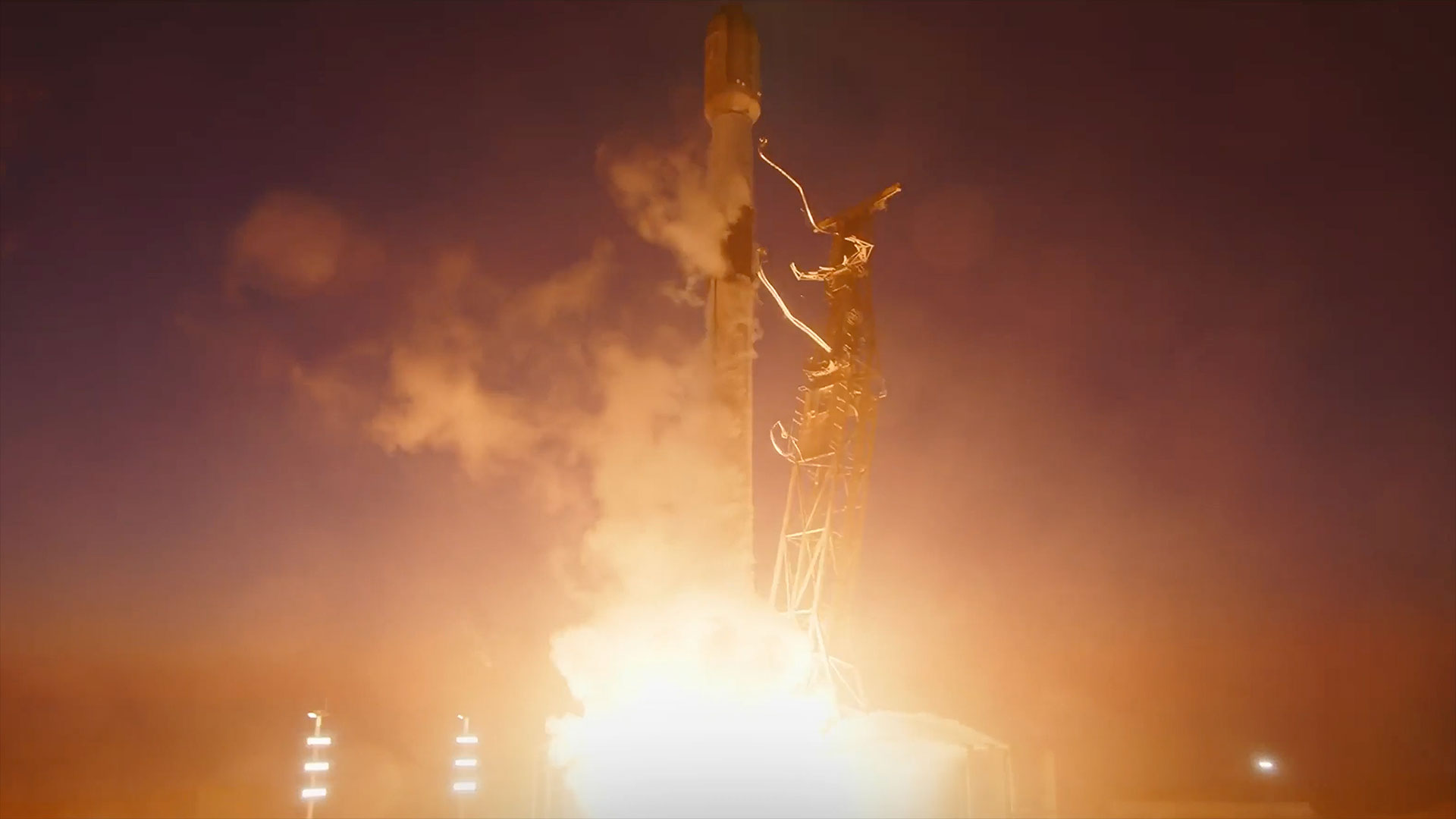Climate Change Could Make These Super-Common Clouds Extinct, Which Would Scorch the Planet

If humanity pumps enough carbon dioxide into the atmosphere, one of Earth's most important types of cloud could go extinct. And if the stratocumulus clouds — those puffy, low rolls of vapor that blanket much of the planet at any given moment — disappear, Earth's temperature could climb sharply and radically, to heights not predicted in current climate models.
That's the conclusion of a paper published today (Feb. 25) in the journal Nature Geoscience and described in detail by Natalie Wolchover for Quanta Magazine.
As Wolchover explained, clouds have long been one of the great uncertainties of climate models. Clouds are complicated, small and fast-changing. Computer models that easily capture the complexity and detail of most climate systems just aren't powerful enough to predict worldwide shifts in cloud behavior. [7 Ways the Earth Changes in the Blink of an Eye]
But clouds are important. They dye a wide swath of the atmosphere white, as seen from space, reflecting sunlight away from Earth's surface. And stratocumulus clouds are an important part of that picture; they're those white blankets you might have seen as you looked out the window of an airplane, rolling out below you and hiding the ground. Researchers suspect that certain sudden, past jumps in temperature may have been caused by changes to clouds like these.
For the new research, scientists modeled just a small patch of sky using a supercomputer. They found that if carbon dioxide (CO2) levels reach about 1,200 parts per million (ppm) in the atmosphere, stratocumulus clouds break up. That's a very high carbon dioxide concentration. Right now, levels have climbed past 410 ppm — already a dangerous shift from the 280 ppm that prevailed before the industrial revolution.
But humans put more and more CO2 into the atmosphere every year. If current trends continue, Earth could reach 1,200 ppm within 100 to 150 years. This could happen if our society doesn't follow through on any of its commitments to reduce emissions, Wolchover reported. And even if it does, the result would be another 14 degrees Fahrenheit (8 degrees Celsius) of heat added to the global average, on top of the dangerous changes already underway due to greenhouse gases.
That's an enormous change, and it goes beyond predictions of worldwide ice melt and catastrophic sea-level rise. The last time our planet was that warm, crocodiles swam in the Arctic and the region around the equator was "scorched" and "mostly lifeless," according to Wolchover.
Get the Space.com Newsletter
Breaking space news, the latest updates on rocket launches, skywatching events and more!
And once the stratocumulus clouds are gone, Wolchover reported, they likely wouldn't reappear until atmospheric carbon dioxide levels dropped below where they are currently.
There's still some uncertainty in the data, however; and it hasn't been replicated. The 1,200-ppm figure could shift up or down as scientists look into the issue further.
But whether or not humans kill off stratocumulus clouds or not, this study highlights the many factors in climate change we don't yet understand.
- Album: Reading the Clouds
- Reality of Climate Change: 10 Myths Busted
- Image Gallery: Extraordinary Environmental Art
Originally published on Live Science.
Join our Space Forums to keep talking space on the latest missions, night sky and more! And if you have a news tip, correction or comment, let us know at: community@space.com.

Rafi wrote for Live Science from 2017 until 2021, when he became a technical writer for IBM Quantum. He has a bachelor's degree in journalism from Northwestern University’s Medill School of journalism. You can find his past science reporting at Inverse, Business Insider and Popular Science, and his past photojournalism on the Flash90 wire service and in the pages of The Courier Post of southern New Jersey.

